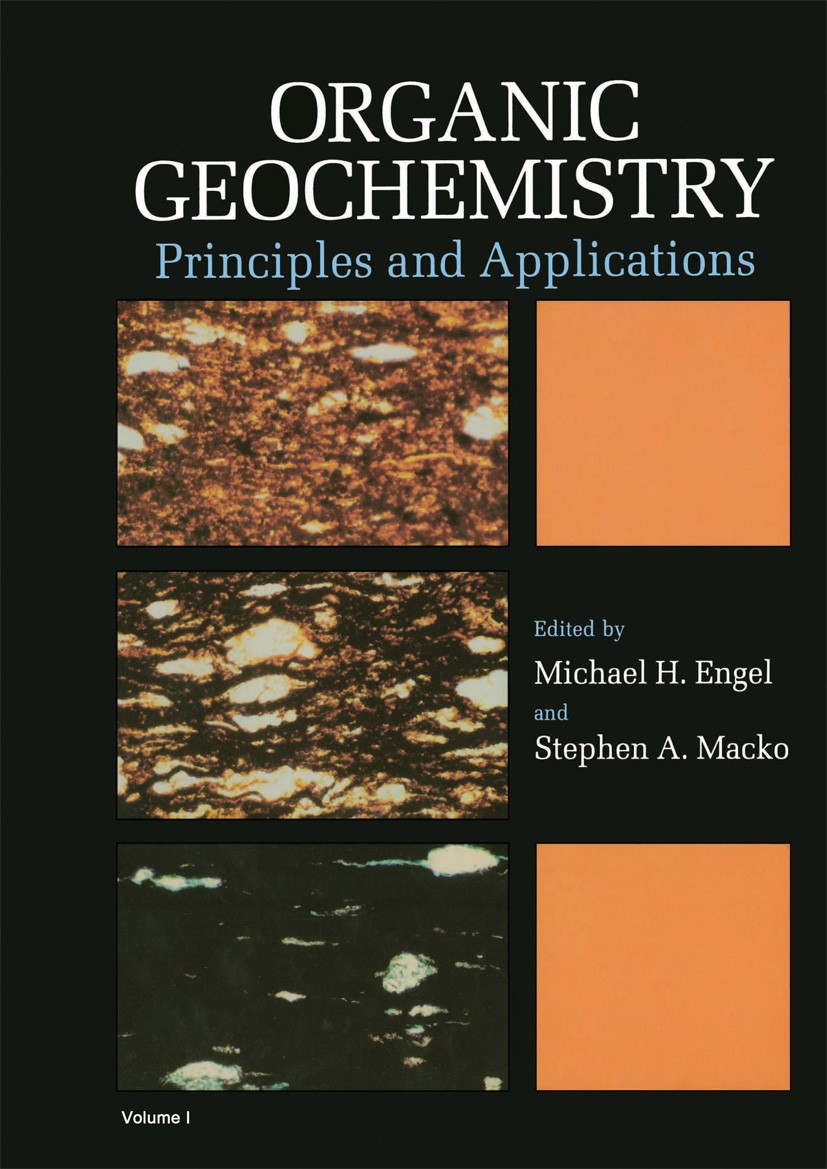塔里木盆地富曼油田超深层海洋石油中咔唑化合物的特征:原油热成熟度评估的意义
IF 2.5
3区 地球科学
Q2 GEOCHEMISTRY & GEOPHYSICS
引用次数: 0
摘要
采用最新提出的硅胶柱色谱法分离了富集馏分,并对富集馏分进行了气相色谱-质谱分析。生物标记和碳同位素特征显示,研究区域的所有石油都产自同一源岩,成分差异可归因于热成熟。N-H 屏蔽异构体/N-H 半屏蔽异构体和苯并[a]咔唑/(苯并[a]咔唑 + 苯并[c]咔唑)的趋同比率表明,原油中的咔唑没有受到垂直迁移的影响。因此,热成熟度被认为是影响原油中咔唑浓度和比例变化的主要控制因素。原油中总咔唑及其三种异构体(N-H 屏蔽异构体、N-H 半屏蔽异构体和暴露异构体)的浓度随着成熟度的增加而急剧下降。当 %VRE 为 1.2 % 时,1,8-二甲基咔唑/咔唑(1,8-MCa/Ca)和 1,8-二甲基咔唑/2,4-二甲基咔唑(1,8-MCa/2,4-MCa)比率与成熟度有显著的相关性,用 %VRE 表示(由 MPI1 和 MPR 转换而来的玻璃光泽反射当量)。在 1-甲基咔唑/3-甲基咔唑(1-MCa/3-MCa)、1,8-二甲基咔唑/2,6-二甲基咔唑(1,8-DMCa/2,6-DMCa)、(1,5-二甲基咔唑 + 3-乙基咔唑)/2、当原油的 VRE%超过 1.0 %.这表明咔唑的浓度和比率可用于定性评估原油成熟度。1,8-二甲基咔唑/1-乙基咔唑的比率(1,8-DMCa/1-ECa)与萃取率呈严格的线性关系。海洋石油的成熟度可以用以下公式计算:%Rc(根据 MPI 计算出的玻璃光泽反射当量1)=-0.0335(1,8-DMCa/1-ECa)+1.2902 或 %Rc1(根据 MPR 计算出的玻璃光泽反射当量)=-0.0405(1,8-DMCa/1-ECa)+1.3418。该研究有助于勘探塔里木盆地超深层碳氢化合物和还原源岩的热历史。本文章由计算机程序翻译,如有差异,请以英文原文为准。
Characteristics of carbazole compounds in ultra-deep marine oil from Fuman oilfield, Tarim Basin: Significance for thermal maturity assessment of crude oil
Carbazoles in Ordovician ultra-deep marine oil from the FI17 fault zone in Fuman oilfield (Tarim Basin) were separated using a recently proposed silica gel column chromatographic method and the enriched fractions were analyzed by GC–MS. Biomarker and carbon isotope signatures revealed that all oil in the study area was produced from the same source rock and that compositional differences can be attributed to thermal maturation. The convergent ratios of N-H shielded isomers/N-H half shielded isomers and benzo[a]carbazole/(benzo[a]carbazole + benzo[c]carbazole) suggested that carbazoles in crude oil had not been affected by vertical migration. Therefore, thermal maturity was identified as the main controlling factor affecting chages of carbazole concentrations and ratios in crude oil. The concentrations of the total carbazole and its three isomers (N-H shielded isomers, N-H half shielded isomers and exposed isomers) in crude oil decreased sharply with increasing maturity. The 1,8-dimethylcarbazole/carbazole (1,8-MCa/Ca) and 1,8-dimethylcarbazole/2,4-dimethylcarbazole (1,8-MCa/2,4-MCa) ratios showed significant correlation with maturity expressed as %VRE (the vitrinite reflectance equivalent converted from MPI1 and MPR) when %VRE is <1.2 %. Similar trends were observed in the 1-methylcarbazole/3-methylcarbazole (1-MCa/3-MCa) as well as 1,8-dimethylcarbazole/2,6- dimethylcarbazole (1,8-DMCa/2,6-DMCa), (1,5- dimethylcarbazole + 3-ethylcarbazole)/2, 6-dimethylcarbazole ((1, 5-DMCa + 3-ECa)/2, 6-DMCa), and (1, 4-dimethylcarbazole + 4-ethylcarbazole)/2, 6-dimethylcarbazole ((1, 4-DMCa + 4-ECa)/2, 6-DMCa) when the %VRE of crude oil exceeds 1.0 %. This indicated that the concentrations and ratios of carbazole can be used to qualitatively evaluate crude oil maturity. The ratio of 1,8-dimethylcarbazole/1-ethylcarbazole (1,8-DMCa/1-ECa) showed a strict linear relationship with %VRE. The maturity of marine oil can be calculated using the formulas %Rc (the vitrinite reflectance equivalent calculated from MPI1) = −0.0335(1, 8-DMCa/1-ECa) + 1.2902 or %Rc1 (the vitrinite reflectance equivalent calculated from MPR) = −0.0405 (1, 8-DMCa/1-ECa) + 1.3418. The study can be helpful for exploring ultra-deep hydrocarbons and restoring the thermal history of source rocks in the Tarim Basin.
求助全文
通过发布文献求助,成功后即可免费获取论文全文。
去求助
来源期刊

Organic Geochemistry
地学-地球化学与地球物理
CiteScore
5.50
自引率
6.70%
发文量
100
审稿时长
61 days
期刊介绍:
Organic Geochemistry serves as the only dedicated medium for the publication of peer-reviewed research on all phases of geochemistry in which organic compounds play a major role. The Editors welcome contributions covering a wide spectrum of subjects in the geosciences broadly based on organic chemistry (including molecular and isotopic geochemistry), and involving geology, biogeochemistry, environmental geochemistry, chemical oceanography and hydrology.
The scope of the journal includes research involving petroleum (including natural gas), coal, organic matter in the aqueous environment and recent sediments, organic-rich rocks and soils and the role of organics in the geochemical cycling of the elements.
Sedimentological, paleontological and organic petrographic studies will also be considered for publication, provided that they are geochemically oriented. Papers cover the full range of research activities in organic geochemistry, and include comprehensive review articles, technical communications, discussion/reply correspondence and short technical notes. Peer-reviews organised through three Chief Editors and a staff of Associate Editors, are conducted by well known, respected scientists from academia, government and industry. The journal also publishes reviews of books, announcements of important conferences and meetings and other matters of direct interest to the organic geochemical community.
 求助内容:
求助内容: 应助结果提醒方式:
应助结果提醒方式:


